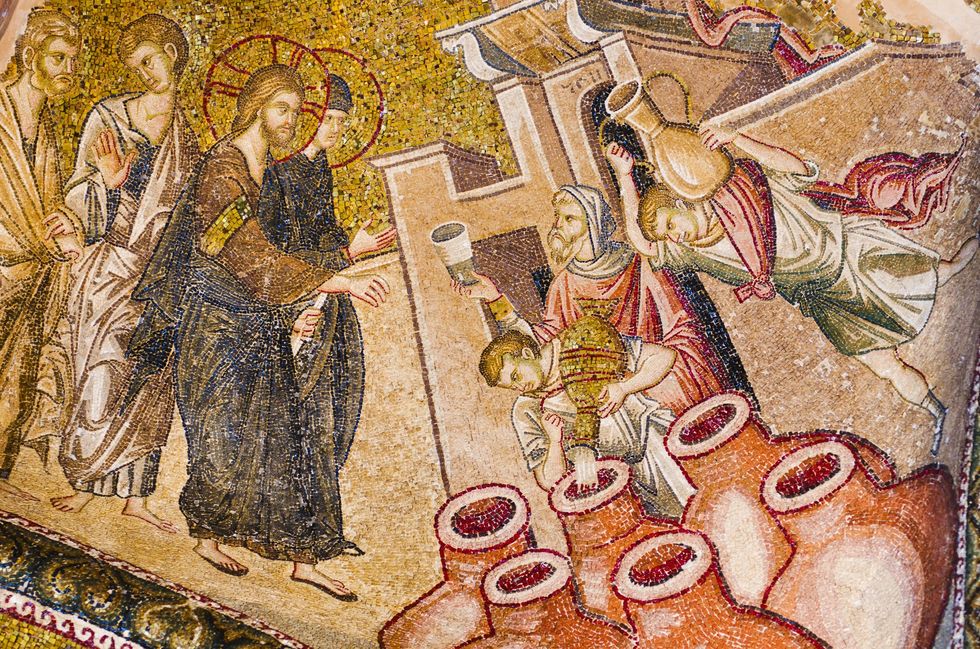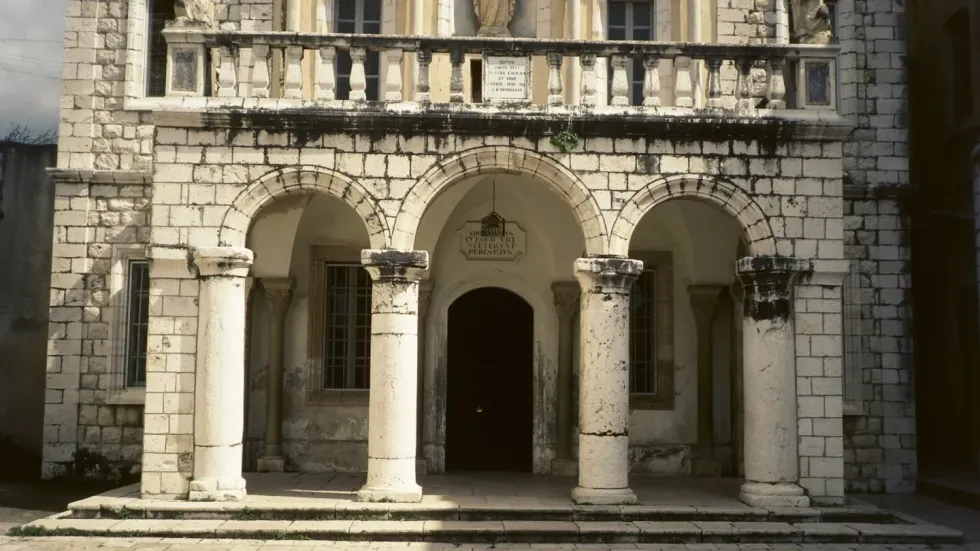Archaeology breakthrough as historian discovers true location of Jesus's first EVER miracle

The complex dates from the late fifth or early sixth century and remained in use through the 12th-century Crusader period
Don't Miss
Most Read
Latest
A historian claims to have identified the actual site of Jesus Christ's first miracle, presenting archaeological evidence that challenges centuries of tradition.
Tom McCollough, who taught religion and history at Centre College until 2017, believes Khirbet Qana in Israel's Galilee region is where Jesus turned water into wine, not the traditionally venerated Kafr Kanna located five miles south.
McCollough told Pen News that excavations at Khirbet Qana have revealed "compelling evidence" including a 1,500-year-old Christian pilgrim complex.
The site, which functioned as a Jewish village from 323 BC to 324 AD, contains tunnels marked with crosses and references to Christ that date back over fifteen centuries.

A historian claims to have identified the actual site of Jesus Christ's first miracle, presenting archaeological evidence that challenges centuries of tradition
|Getty
The archaeological team discovered a large veneration cave complex that McCollough says "was used by Christian pilgrims who came to venerate the water-to-wine miracle."
The complex dates from the late fifth or early sixth century and remained in use through the 12th-century Crusader period.
Excavations revealed an altar and a shelf containing a stone vessel, with space for five additional jars.
This corresponds with the Gospel of John's account of six stone water jars used for ceremonial washing, each holding 20 to 30 gallons.
LATEST DEVELOPMENTS:

Kafr Kanna is considered the site of Jesus' first miracle, which a historian is now disputing
|Getty
The cave walls bear inscriptions including "Kyrie Iesou," a Greek phrase meaning Lord Jesus.
McCollough noted that "the pilgrim texts we have from this period that describe what pilgrims did and saw when they came to Cana of Galilee match very closely what we have exposed as the veneration complex."
The Gospel of John describes Jesus performing his first miracle at a wedding in Cana, where he transformed water into wine.
The scripture specifies that "nearby stood six stone water jars, the kind used by the Jews for ceremonial washing."
McCollough argues that Khirbet Qana fulfils all the geographical criteria mentioned in biblical and historical texts.

The research emerges as archaeologists worldwide continue investigating biblical sites
|Getty
He cites first-century Jewish historian Flavius Josephus, stating that "his references to Cana align geographically with the location of Khirbet Qana and align logically with his movements."
The historian challenges the Catholic narrative about Kafr Kanna, claiming it wasn't recognised as a pilgrimage site for Cana until the 18th century.
He suggested that "the Franciscans were managing Christian pilgrimage and facilitating easy passage rather than historical accuracy."
McCollough believes his findings could strengthen arguments for the Bible's historical accuracy.
He stated that the discoveries "warrant at least a reconsideration of the historical value of John's references to Cana and Jesus."
He said: "Our excavations have shown that this was in fact a thriving Jewish village located in the heart of much of Jesus' life and ministry."
He described Cana as "in some ways Jesus' safe place or operational centre" where "he and his disciples return to when they encounter resistance in Judea."
The research emerges as archaeologists worldwide continue investigating biblical sites, including recent discoveries at Jerusalem's Church of the Holy Sepulchre and evidence of ancient battles at Megiddo in northern Israel.











